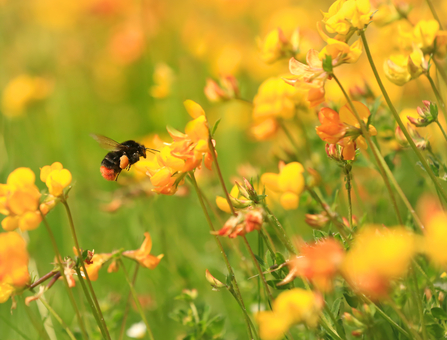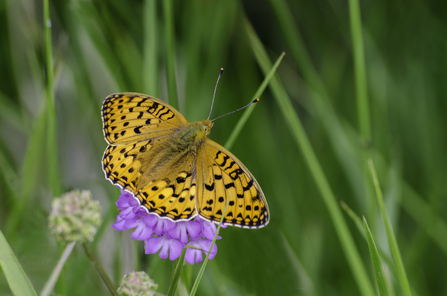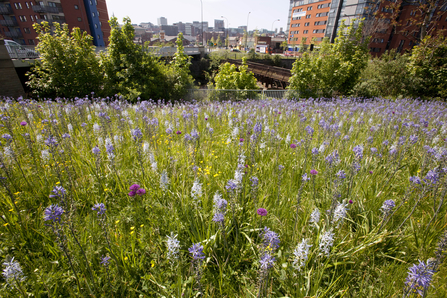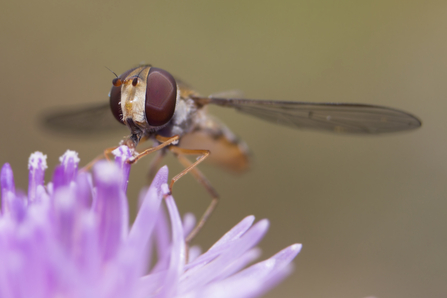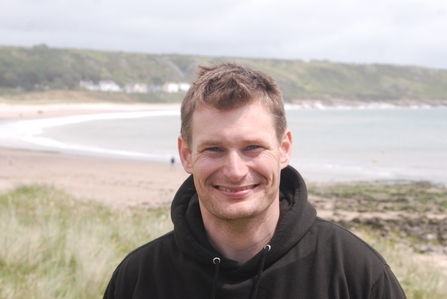Why pesticide-free action is needed
There are 41 different kinds of pesticide (including herbicides, insecticide and fungicides, molluscicides) that are used in towns and cities, and 11 of those are either proven, possible or probable human carcinogens. They also can have significant ecological impacts and carbon footprints. Recently, scientific reports highlighted that within a few decades 1 million species could be threatened with extinction, including 40% of the world's insects. The current widespread loss of insect diversity is alarming, and there is an urgent need to tackle the causal factors in this decline which include habitat loss and the use of pesticides.
I read an article by the Ferret, a fantastic online investigative news outlet, on the number of pesticides being used by Councils in Scotland and I was shocked into action. I also learned more about the human health impacts and the opposition to their use by major workers unions. The article highlighted a small number of councils were cutting back on their use, but the majority were not. My council, Stirling Council was one of those that wasn't and defended this decision by maintaining pesticides could "deliver substantial benefits for society" and argue that banning glyphosate would risk public spaces becoming "more unkempt and less aesthetic".


